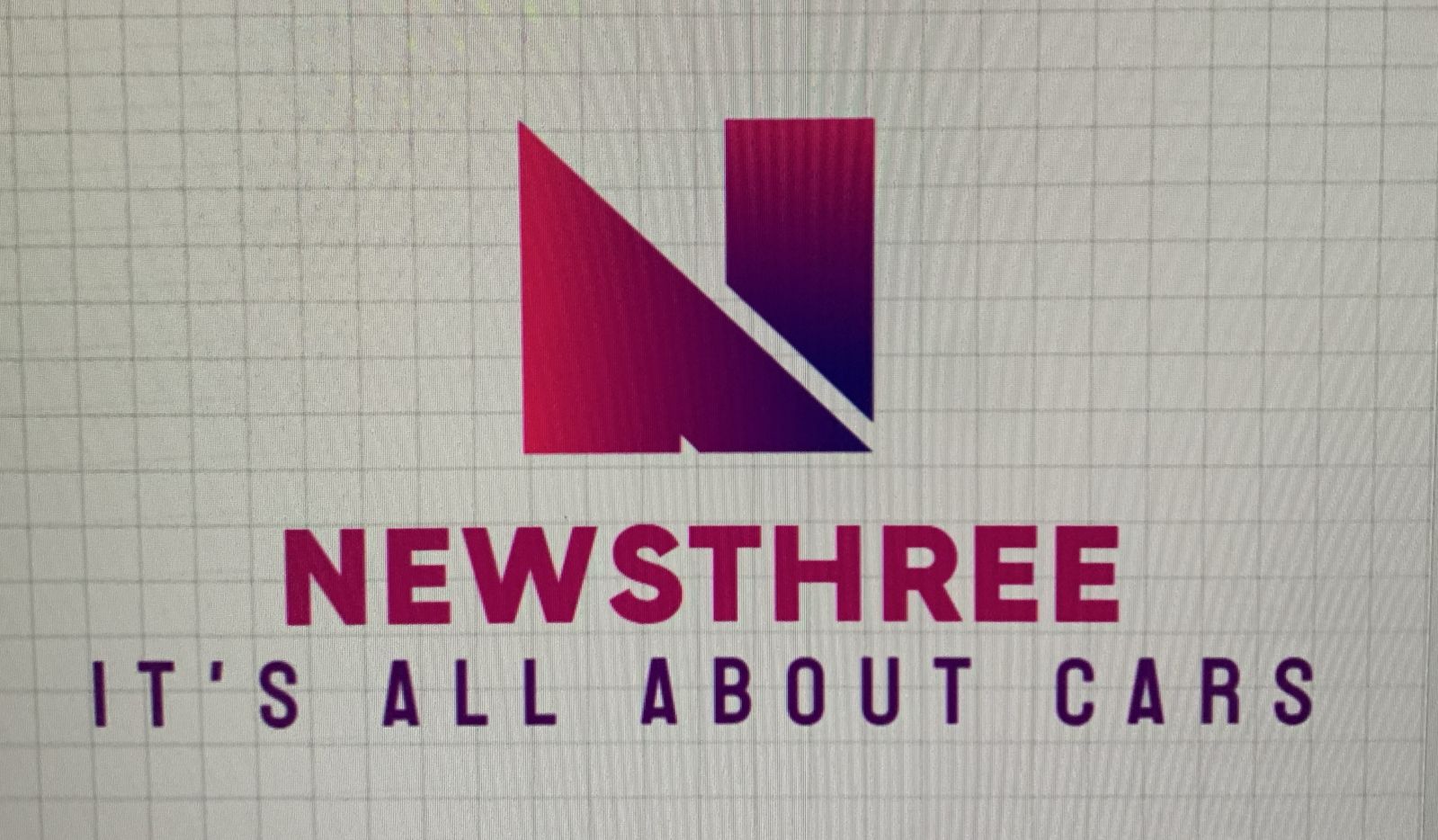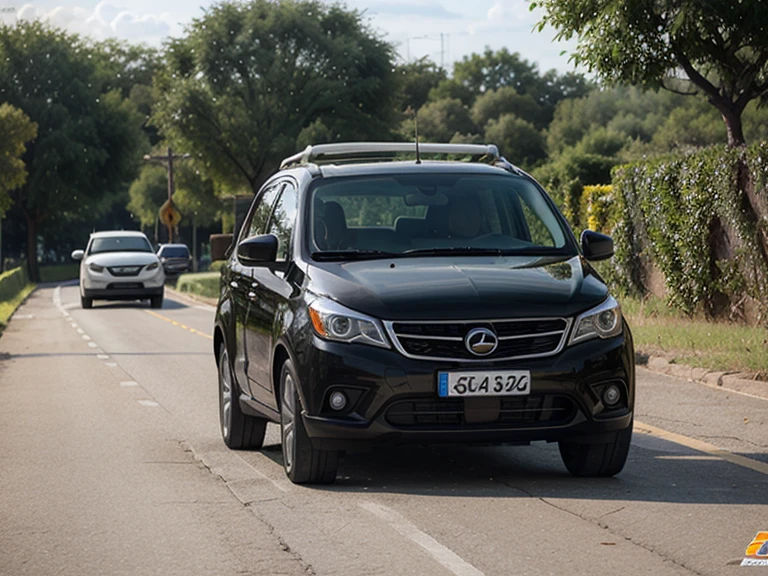Decoding the Declaration Page: Your Car Insurance Cheat Sheet

Newsthree.biz.id Happy reading This Second it's time to discuss the much-talked-about STORE. Article Reviews About STORE Decoding the Declaration Page Your Car Insurance Cheat Sheet read until the end.
Table of Contents
We've all been there. You receive your car insurance documents, a stack of papers thicker than a classic novel, and immediately want to shove them in the glove compartment and forget about them. But tucked away within that stack is a crucial document: the declaration page, often called the "dec page" or "declarations page." Ignoring it is like burying a treasure map – you might need it someday, and knowing where to find the information within can save you a headache.
As a professional writer, I've spent years deciphering complex information and translating it into clear, concise language. Today, I'm turning my attention to the car insurance declaration page, offering you a guide to understanding its key components and why they matter.
What Exactly Is the Declaration Page?
Think of your declaration page as a summary of your entire car insurance policy. It provides a snapshot of the essential details, including the policyholder's information, covered vehicles, policy period, coverage limits, and premium cost. Unlike the full policy document, which delves into the granular details and legalese, the declaration page is designed for quick reference.
Key Sections and Their Significance:
Policyholder Information: This section lists the named insured(s) on the policy, as well as their address. It's crucial to ensure this information is accurate. Discrepancies can lead to issues with claims or even policy cancellation.
Policy Number and Period: Your policy number is your unique identifier. The policy period specifies the dates your insurance coverage is active. Make a note of these dates; you need to renew your policy before it expires to avoid a lapse in coverage.
Vehicle Information: This section details each vehicle covered under the policy, including the year, make, model, and Vehicle Identification Number (VIN). Verify that all listed vehicles are correct and that the VIN matches your car's VIN. Errors in this section can impact your coverage if you're involved in an accident.
Coverage Details: This is arguably the most important section. It outlines the types of coverage you have, such as:
Liability Coverage: This pays for damages you cause to others in an accident, including bodily injury and property damage. It will typically be displayed with two numbers, like "100/300/50," which represent the per-person bodily injury limit, the total bodily injury limit per accident, and the property damage limit, respectively, all expressed in thousands of dollars. Understanding these limits is critical; choosing inadequate liability coverage can leave you financially vulnerable if you're at fault in a serious accident.
Collision Coverage: This pays for damages to your vehicle resulting from a collision with another object, regardless of fault. It usually includes a deductible, the amount you pay out-of-pocket before the insurance company covers the remaining cost.
Comprehensive Coverage: This covers damages to your vehicle from events other than collisions, such as theft, vandalism, fire, or natural disasters. Like collision coverage, it typically includes a deductible.
Uninsured/Underinsured Motorist Coverage: This protects you if you're hit by a driver who doesn't have insurance or has insufficient coverage to pay for your damages.
Personal Injury Protection (PIP): (Available in some states) This covers medical expenses and lost wages for you and your passengers, regardless of fault.
Deductibles: This section clearly states the deductible amounts for collision and comprehensive coverage. Knowing your deductibles is essential when deciding whether to file a claim.
Premiums: This section breaks down the cost of your coverage. It may show the total premium for the policy period or the premium for each individual coverage component.
Discounts: The declaration page will often list any discounts you're receiving, such as a safe driver discount, a multi-car discount, or a good student discount.
Why Bother Understanding It?
Ensuring Accuracy: Mistakes happen. By reviewing your declaration page, you can identify and correct any errors in your policy, preventing potential problems down the road.
Confirming Coverage: You need to know exactly what you're covered for. Don't wait until you need to file a claim to find out you lack essential coverage.
Comparing Policies: The declaration page provides a concise summary of coverage limits and premiums, making it easier to compare different insurance options.
Filing a Claim: The declaration page contains the essential information you'll need when filing a claim, such as your policy number and coverage details.
Renewing Your Policy: Reviewing your declaration page before renewal allows you to assess whether your coverage still meets your needs and to explore potential changes.
In Conclusion:
While it might seem like just another piece of paperwork, your car insurance declaration page is a valuable tool for understanding your coverage and protecting yourself financially. Take the time to review it carefully. Knowing what's in it can empower you to make informed decisions about your car insurance needs. Don't let it gather dust in your glove compartment – make it a valuable resource.
That's a comprehensive review of ${title} that I gave through store Thank you for being Dear loyal readers always think of solutions and maintain mental health. share it with your friends. Thank you







✦ Tanya AI